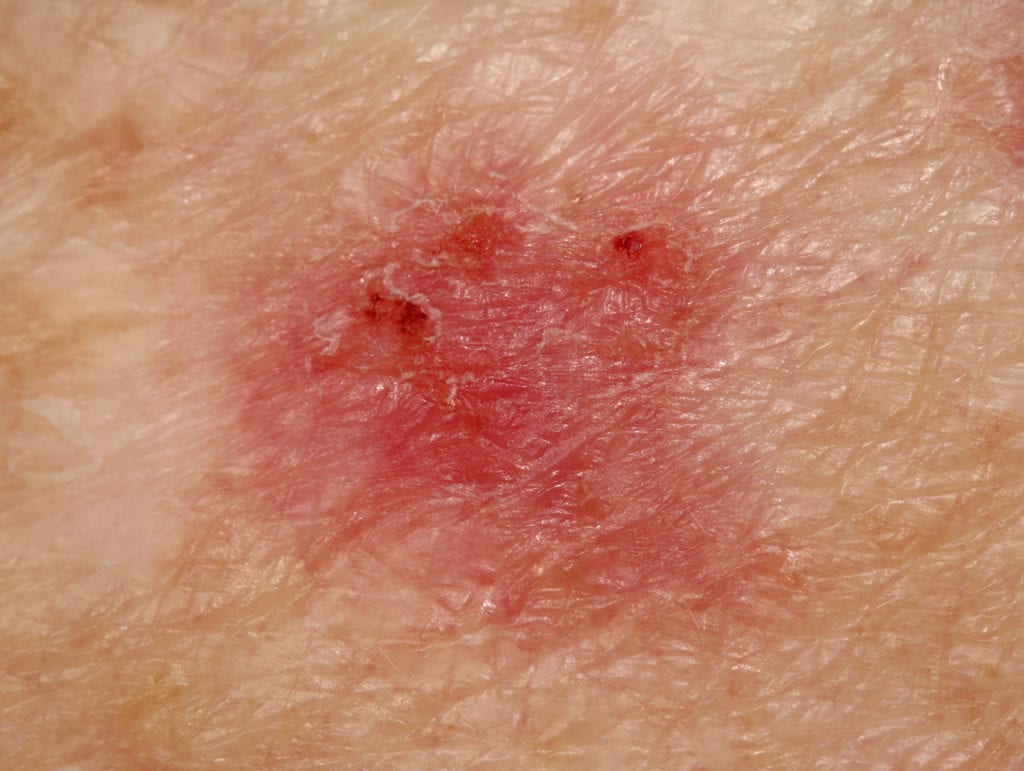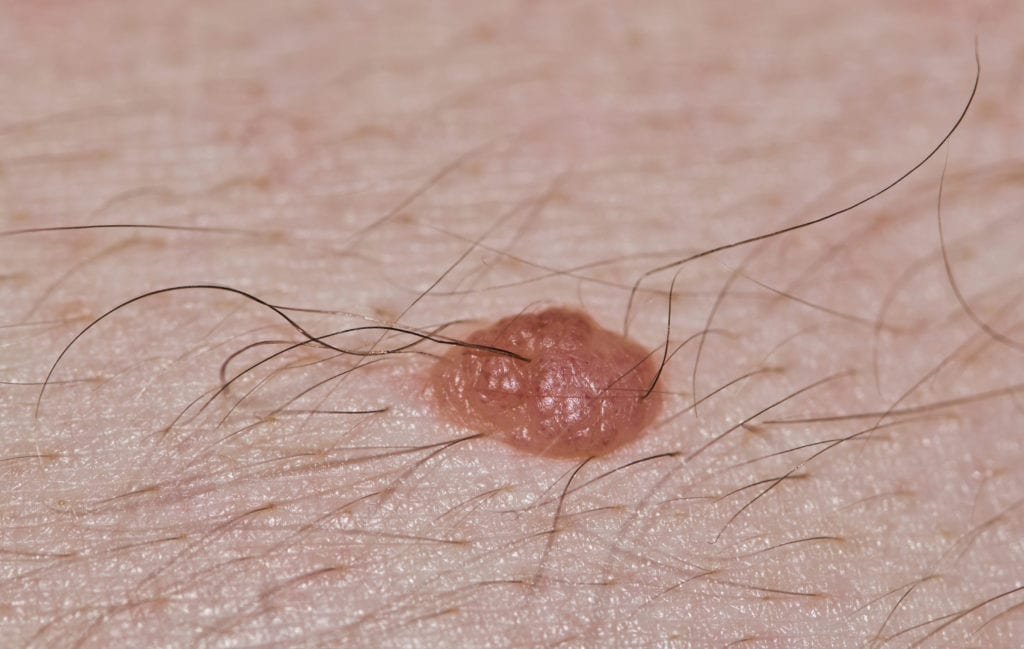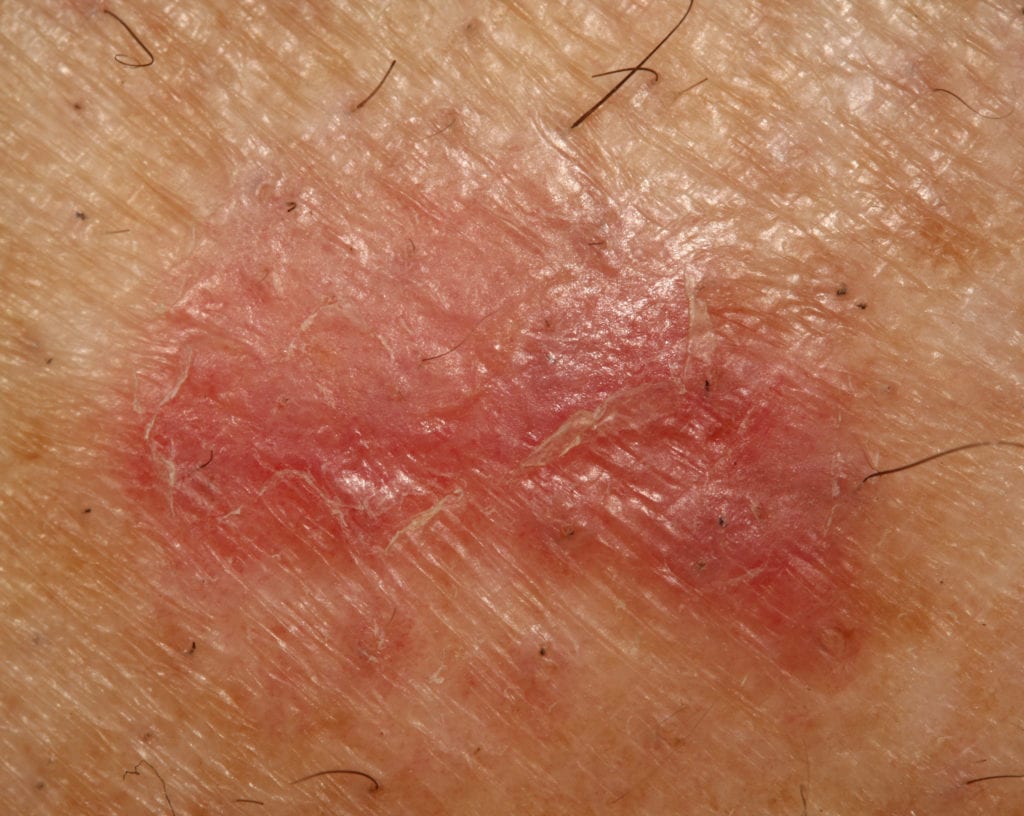The contents of the Site, such as text, graphics, images, information obtained from The ObG Project’s licensors, and other material contained on the Site (“Content”) are for informational purposes only. The Content is not intended to be a substitute for professional legal or medical advice, diagnosis, or treatment. Always seek the advice of your physician or other qualified health provider with any questions you may have regarding a medical condition. Never disregard professional medical advice or delay in seeking it because of information you have read on the Site!
If you think you may have a medical emergency, call your doctor or 911 immediately. The ObG Project does not recommend or endorse any specific tests, physicians, products, procedures, opinions, or other information that may be mentioned on the Site. Reliance on any information provided by The ObG Project, The ObG Project employees, others appearing on the Site at the invitation of The ObG Project, or other visitors to the Site is solely at your own risk.
The Site may contain health- or medical-related materials that are sexually explicit. If you find these materials offensive, you may not want to use our Site.
Children’s Privacy
We are committed to protecting the privacy of children. You should be aware that this Site is not intended or designed to attract children under the age of 13. We do not collect personally identifiable information from any child we reasonably believe is under the age of 13.
Basal cell carcinoma (BCC) is the most common form of invasive skin cancer in the world and affects more than 3.3 million persons annually in the United States. 85% of BCCs occur on the head and neck region, due to UV light exposure and can be readily treated as outpatient if detected early. While they rarely become metastatic, BCC can be locally destructive and cause significant disfigurement. Recently, an expert work group was convened to determine evidence-based guidelines to provide guidance for biopsy, staging, treatment and follow-up of BCC.
BCC is an extremely common skin cancer | Main risk factor for development of BCC is ultraviolet light exposure | Many BCCs occur in relatively sun-protected sites, such as behind the ears
There are 5 clinical types or presentations of BCC: Nodular | Pigmented | Sclerosing/Morpheaform | Superficial | Nevoid
Nodular BCC

Pigmented BCC

Sclerosing or Morpheaform BCC

Superficial BCC

Nevoid BCC Syndrome (Gorlin-Goltz Syndrome)


Dermal Nevus

Sebaceous Hyperplasia

Molluscum Contagiosum

Psoriasis

Extramammary Paget’s or Bowen’s Disease

Squamous Cell Carcinoma

Melanoma (can look similar to pigmented BCC)

A formal staging system for risk stratification for patients with BCC is not available
The available literature does not identify a single optimal biopsy technique, with either saucerization punch or excisional biopsy with margins acceptable
Treatment options include both surgical and non-surgical, with surgery remaining the first-line treatment choice
Surgical Treatment
Non-surgical Treatment
Metastatic BCC
American Academy of Dermatology: Guidelines of care for the management of basal cell carcinoma
NIH NCI: Skin Cancer Treatment (PDQ®) Health Professional Version
Clinical variants, stages, and management of basal cell carcinoma
The contents of the Site, such as text, graphics, images, information obtained from The ObG Project’s licensors, and other material contained on the Site (“Content”) are for informational purposes only. The Content is not intended to be a substitute for professional legal or medical advice, diagnosis, or treatment. Always seek the advice of your physician or other qualified health provider with any questions you may have regarding a medical condition. Never disregard professional medical advice or delay in seeking it because of information you have read on the Site!
If you think you may have a medical emergency, call your doctor or 911 immediately. The ObG Project does not recommend or endorse any specific tests, physicians, products, procedures, opinions, or other information that may be mentioned on the Site. Reliance on any information provided by The ObG Project, The ObG Project employees, others appearing on the Site at the invitation of The ObG Project, or other visitors to the Site is solely at your own risk.
The Site may contain health- or medical-related materials that are sexually explicit. If you find these materials offensive, you may not want to use our Site.
Children’s Privacy
We are committed to protecting the privacy of children. You should be aware that this Site is not intended or designed to attract children under the age of 13. We do not collect personally identifiable information from any child we reasonably believe is under the age of 13.
Are you an
ObG Insider?
Get specially curated clinical summaries delivered to your inbox every week for free
Already an ObGFirst Member?
Welcome back
Want to sign up?
Please log in to ObGFirst to access this page
OBG Project CME requires a modern web browser (Internet Explorer 10+, Mozilla Firefox, Apple Safari, Google Chrome, Microsoft Edge). Certain educational activities may require additional software to view multimedia, presentation, or printable versions of their content. These activities will be marked as such and will provide links to the required software. That software may be: Adobe Flash, Apple QuickTime, Adobe Acrobat, Microsoft PowerPoint, Windows Media Player, or Real Networks Real One Player.
This educational activity may contain discussion of published and/or investigational uses of agents that are not indicated by the FDA. The planners of this activity do not recommend the use of any agent outside of the labeled indications.
The opinions expressed in the educational activity are those of the faculty and do not necessarily represent the views of the planners. Please refer to the official prescribing information for each product for discussion of approved indications, contraindications, and warnings.
Participants have an implied responsibility to use the newly acquired information to enhance patient outcomes and their own professional development. The information
presented in this activity is not meant to serve as a guideline for patient management. Any procedures, medications, or other courses of diagnosis or treatment discussed or suggested in this activity should not be used by clinicians without evaluation of their patient’s conditions and possible contraindications and/or dangers in use, review of any applicable manufacturer’s product information, and comparison with recommendations of other authorities.
It appears you don't have enough CME Hours to take this Post-Test. We no longer offer Hours.
You are now leaving the ObG website and on your way to PRIORITY at UCSF, an independent website. Therefore, we are not responsible for the content or availability of this site
